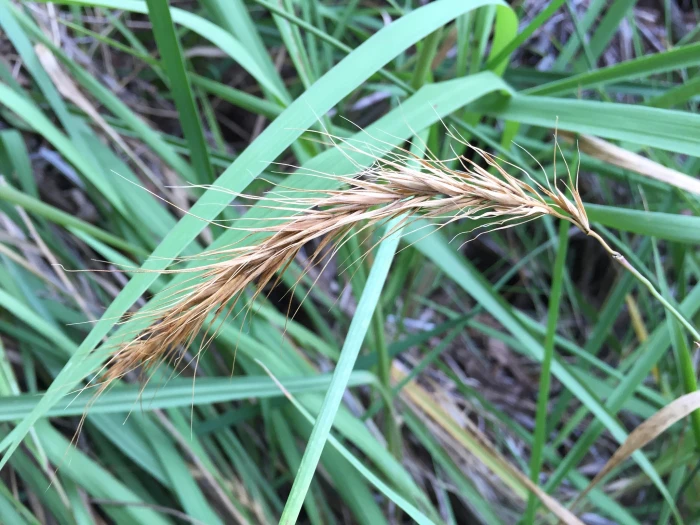Canada Wild Rye
(Elymus canadensis)
Canada Wild Rye (Elymus canadensis)
/
/

Robb Hannawacker
Public Domain















































Estimated Native Range
Climate Requirements for Berlin, Germany
| This Plant | Your Site | Plant Suitability for Your Location | ||
|---|---|---|---|---|
| • Precipitation | 5" - 103" | 23" | You should be able to grow this plant with no additional irrigation. | Excellent |
| • High Temp. | 40°F - 104°F | 75°F | Your summer temperatures are normal for this plant. | Excellent |
| • Low Temp. | -21°F - 49°F | 29°F | Your winter temperatures are normal for this plant | Excellent |
Summary
Canada Wild Rye is valued for its ability to stabilize soil and is often used in erosion control projects. It is also employed in the revegetation of metal-rich soils in reclaimed mines due to its tolerance of such conditions. In gardens, it is appreciated for its ornamental seed heads and adaptability to a range of soil types. This grass is best grown in full sun but can tolerate part shade. It is adaptable to various soil moisture levels, from dry to medium wet, and can handle a range of drainage conditions. While it is not known for having serious disease or pest issues, it can become invasive outside its native range, so caution is advised when planting it in non-native areas.CC BY-SA 4.0
Plant Description
- Plant Type: Grass
- Height: 2-4 feet
- Width: 2-3 feet
- Growth Rate: Rapid
- Flower Color: N/A
- Flowering Season: Spring
- Leaf Retention: Deciduous
Growth Requirements
- Sun: Full Sun
- Water: Medium
- Drainage: Fast, Medium, Slow
Common Uses
Bird Garden, Deer Resistant, Drought Tolerant, Edible*Disclaimer: Easyscape's listed plant edibility is for informational use. Always verify the safety and proper identification of any plant before consumption., Erosion Control, Groundcover, Low Maintenance, Street Planting
Natural Habitat
Native to prairies, open woodlands, and forest margins
Other Names
Common Names: Canadian Wildrye, Great Plains Wildrye, Nodding Wildrye, Élyme Du Canada, Borstelm, Kanadaelm
Scientific Names: Elymus canadensis, Elymus wiegandii, Elymus canadensis f. canadensis, Elymus canadensis var. brachystachys, Elymus canadensis var. robustus, Elymus canadensis subsp. canadensis, Hordeum patulum, Elymus brachystachys, Elymus glaucifolius
GBIF Accepted Name: Elymus canadensis L.